2018 下半年湖南教师资格初中英语学科知识与教学能力真
题及答案
一、单项选择题(本大题共 30 小题。每小题 2 分,共 60 分)
1. Which of the following underlined parts is different from others in pronunciation?
A. wished
B. jumped
C. kissed
D. waited
2. Which of the following shows the general intonation pattern in a complex sentence?
A. When I started my↗career there was no↗unemployment.
B. When I started my↗ career there was no↘ unemployment.
C. When I started my↘career there was no ↗unemployment.
D. When I started my↘ career there was no ↘ unemployment.
3. All the_______in this school are taught by the same teacher.
A. six-year-olds
B. six-years-old
C. six-year-old
D. six-years-olds
4. The risk of infection for that patient hasn't diminished after the
operation._______, it has increased.
A. On the whole
B. On the contrary
C. On the average
D. On the other hand
5. Testing is still a usual means_______which students' progress is measured.
A. in
B. at
C. of
D. by
�
6. Many people_______in the project at both research and editing stages and we would
like to thank them all here.
A. have involved
B. have been involved
C. having involved
D. having been involved
7. Only until very recently_______possible that grammarians are able to make
accurate statements about the rules of some languages.
A. has it been
B. it has been
C. was it
D. it was
8. This is not_______they had expected after years of painstaking research.
A. a result as bad as
B. as a result as bad
C. as bad as a result
D. as bad a result as
9. Which of the following words is formed through derivation?
A. Students.
B. Shorter.
C. Bought.
D. Insanity.
10. The utterance “Now, correct me if I'm wrong ...”suggests that people are likely
to observe
the_______Maxim in daily conversations.
A. Quantity
B. Quality
C. Relevance
D. Manner
11. When a teacher asks students to brainstorm what they will write about an
unforgettable trip,he/she mainly focuses on_______.
�
A.
ideas
B. layout
C. style
D. feedback
12. Which of the following is a communicative task?
A. Reading aloud the dialogue on page 24.
B. Writing a party invitation to your Mends.
C. Translating the first paragraph into Chinese.
D. Making sentences with the expressions given.
13. What is being practised if a teacher asks students to read words like "cot, hot"
and "dog,log"?
A. Spelling and structure.
B. Stress and sound.
C. Minimal pairs.
D. Phonetic symbols.
14. What teaching method is used by the teacher if much of his/her class time is
spent on
drilling sentence patterns followed by exercises like repetition,
memorization, mimicry, etc.?
A. The Natural Approach.
B. The Communicative Approach.
C. The Audio-lingual Method.
D. The Grammar-translation Method.
15. According to the affective-filter hypothesis,_______is NOT an affective
factor
influencing language learning.
A. attitude
B. motivation
C. interest
D. intelligence
16. What does his/her feedback focus on if a teacher's comment is “John, it would
be much
better if you have given more details,t” ?
�
A. Content.
B. Language.
C. Attitude.
D. Aptitude.
17. Which of the following is a referential question?
A. Where was Yang Liwei born?
B. Who is the first Chinese astronaut?
C. Why do you think Yang Liwei is a great astronaut?
D. When did Yang Liwei begin his historic space travel?
18. Having lived in China for a long time, John could fully understand the cultural
shocks
experienced by his Chinese students. Which of the following traits does John
have in this instance?
A. Avoidance.
B. Empathy.
C. Extroversion.
D. Introversion.
19. When the teacher asks students to read a text for the main idea, he/she intends
to develop
students' skill of_______.
A. retelling
B. predicting
C. skimming
D. scanning
20. Which of the following is based on the communicative view of language?
A. Structural syllabus.
B. Skill-based syllabus.
C. Genre-based syllabus.
D. Functional-notional syllabus.
请阅读 Passage 1,完成第 21-25 小题。
Passage 1
There are two kinds of motive for engaging in any activity: internal and instrumental.
�
If a
scientist conducts research because she wants to discover important facts
about the world, that's an
internal motive, since discovering facts is inherently
related to the activity of research. If she conducts
research because she wants
to achieve scholarly renown, that's an instrumental motive, since the
relation
between fame and research is not so inherent. Often, people have both for doing
things.
What mix of motives--internal or instrumental or both--is most conducive to success?
You
might suppose that a scientist motivated by a desire to discover facts and by
a desire to achieve
renown will do better work than a scientist motivated by just
one of those desires. Surely two motives are better than one. But as we and our
colleagues argue in a paper newly published in the
Proceedings of the National
Academy of Sciences, instrumental motives are not always an asset and
can actually
be counterproductive to success.
We analyzed data drawn from 11320 cadets in nine entering classes at the United
States
Military Academy at West Point, all of whom rated how much each of a set
of motives influenced
their decision to attend the academy. The motives included
things like a desire to get a good job later
in life and a desire to be trained
as a leader in the United States Army.
How did the cadets fare years later? How did their progress relate to their original
motives for
attending West Point?
We found, unsurprisingly, that the stronger their internal reasons were to attend
West Point, the
more likely cadets were to graduate and become commissioned
officers. Also unsurprisingly, cadets
with internal motives did better in the
military (as evidenced by early promotion recommendations)than did those without
internal motives and were also more likely to stay in the military after their
five
years of mandatory service.
Remarkably, cadets with strong internal and strong instrumental motives for
attending West
Point performed worse on every measure than did those with strong
internal motives but weak
instrumental ones. They were less likely to graduate,
less outstanding as military officers and less
committed to staying in the
�
military.
Our study suggests that efforts should be made to structure activities so that
instrumental
consequences do not become motives. Helping people focus on the
meaning and impact of their
work, rather than on, say, the financial returns it
will bring, may be the best way to improve not only
the quality of their work but
also their financial success.
There is a temptation among educators and instructors to use whatever motivational
tools are available to recruit participants or improve performance. If the desire
for military excellence and
service to country fails to attract all the recruits
that the Army needs, then perhaps appeals to “ money
for collegecareer
training” or “seeing the world”will do the job. While this strategy may lure
more recruits, it may also yield worse soldiers. Similarly, for students
uninterested in learning,financial incentives for good attendance or pizza parties
for high performance may prompt them to
participate, but it may result in less
well-educated students.
21. According to the passage, which of the following is an internal motive for a
newly recruited
soldier?
A. To serve the country.
B. To receive career training.
C. To earn money for college.
D. To broaden their scope of vision.
22. Which of the following is closest in meaning to the underlined word “cadets” in
Paragraph 3?
A. In-service soldiers.
B. Military researchers.
C. Military officers.
D. Military trainees.
23. According to the passage, which of the following is conducive to career success?
A. Strong internal and strong instrumental motives.
B. Strong internal and weak instrumental motives.
�
C. Weak internal and strong instrumental motives.
D. Weak internal and weak instrumental motives.
24. What do the writers disapprove concerning the current situation of attracting
recruits?
A. Taking into account applicants' internal motives.
B. Making them focus on the meaning of their work.
C. Relying on whatever motivational tools available.
D. Taking into account applicants' instrumental motives.
25. What can be the best title for the article?
A. Motivation and Fame
B. Two Types of Motives
C. The Secret of Effective Motivation
D. The Study on the Function of Motives
请阅读 Passage 2, 完成第 26~30 小题。
Passage 2
The ritual of English tea time is believed to have originated in the late 1700's
when Anna,Duchess of Bedford, ordered that a plate of cakes be sent up to her with
her afternoon cup of tea.
The Duchess chronically experienced a “sinking feeling” (what we would term “low
blood
sugar”) in the late afternoon. To tide her over the long hours between meals
she turned to
carbohydrates.
Other royals immediately copied the Duchess, and afternoon tea parties became
quite
fashionable. Low tables were set up in front of sofas and chairs, and the ladies
found a new opportunity to show off pretty clothes, fine china, embroidered linen
tablecloths and napkins, and silver tableware.
Tea time was also the time to exchange juicy gossip and serve refreshments. Soon
darling little
sandwiches and sweet pastries as well as scones were being arranged
on decorative stands and plates
for the ladies' pleasure.
The tea party mania quickly spread across the Atlantic where tea was already enjoyed
�
as a
beverage. This fondness for tea was later suppressed by the patriotic Americans
during the era
immediately preceding the American Revolution because of the
unreasonable British tax on tea.
However, by April 27,1776, Congress announced in the Philadelphia Packet that “the
drinking of tea can now be indulged.” The custom of afternoon tea parties was
not really revived in this
country, though, until the mid-1800's, when Victorian
ways
were
in
vogue
here.
Leisure-class
American
ladies
began
having
“kettledrums” at 4 p.m.. “Kettledrums”was called that in connection
with the
term “teakettle” . Petits fours and other dainty delights were served amid
Victorian
opulence.
A Victorian diarist, Maud Berkeley (Maud: The Illustrated Diary of a Victorian
Woman,Chronicle Books,1987) gave an anecdote concerning tea time: "Mrs. Barnes had
out a lovely tea-cloth for her tea-party, worked all over with cyclamens and
honeysuckle. Shoggie Boucher, unused
to such dainty, contrived to slop his tea all
over it. Thankful it was not I. As it was, my new feather
boa, which I wore for
the first time, got into my teacup, causing much alarm and merriment to
all
assembled. Lilian Black-Barnes was, as ever, strong in adversity and wrung out
the offending object
in the kitchen sink. Fear it may never be the same again, none
the less."
My family, mother, and I were able to relieve some of that sophisticated elegance
(minus the
drippy boa) when we had tea at the Ritz in London. The Palm Court, an
open area on the ground
floor of the hotel, is a study in turn-of-the-century decor.
Gilt statuary, palms, and other plants, and
stylishly-set little tables beckon
welcomingly under high-up, rose-tinted skylights.
Our waiter brought us a selection of finger sandwiches of smoked salmon, ham,
cucumber,Cheddar cheese, cream cheese, and chives, or egg salad. Scones (similar
to American biscuits) were
offered with butter, and various preserves and jellies.
Along with this we were served Indian or China tea, and hot chocolate for my young
daughter.
Then the dapper waiter presented a vast tray holding many French pastries and cakes
�
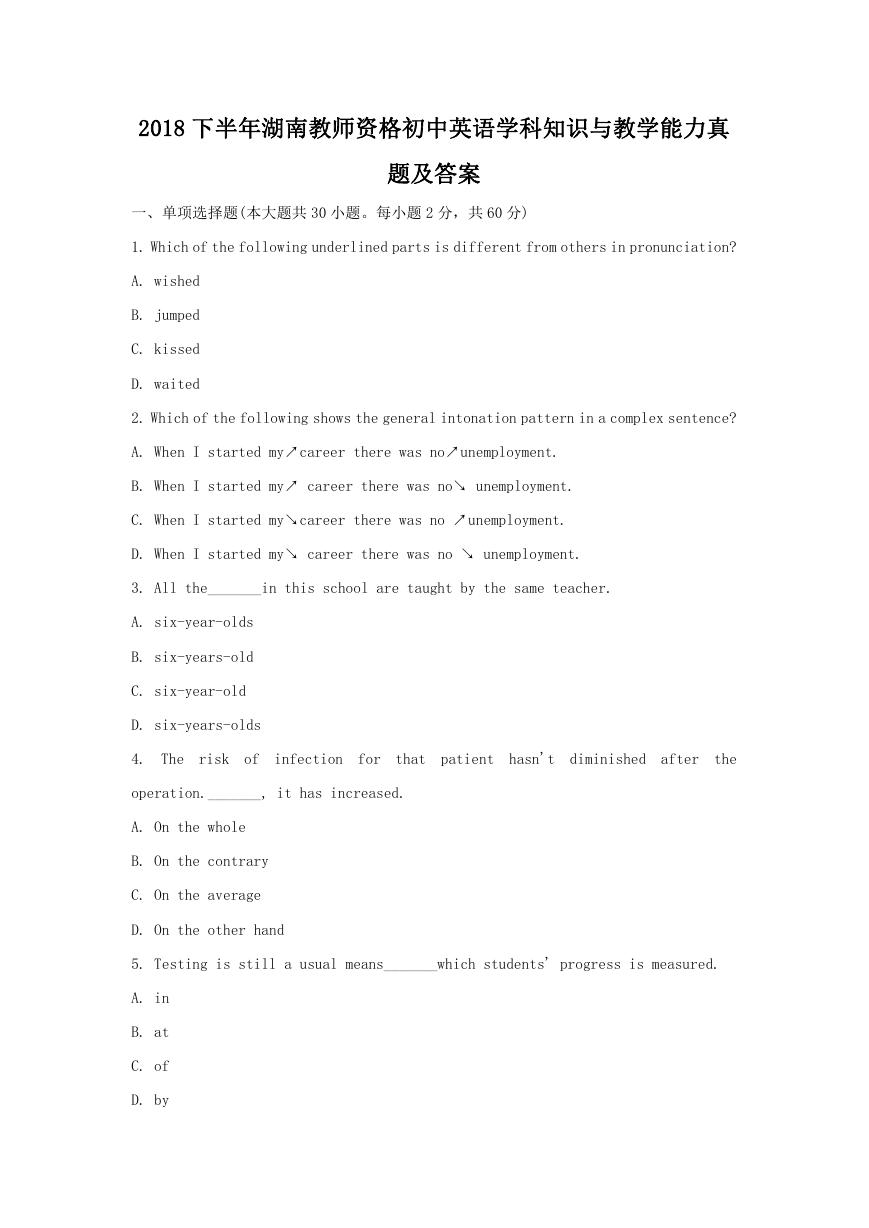
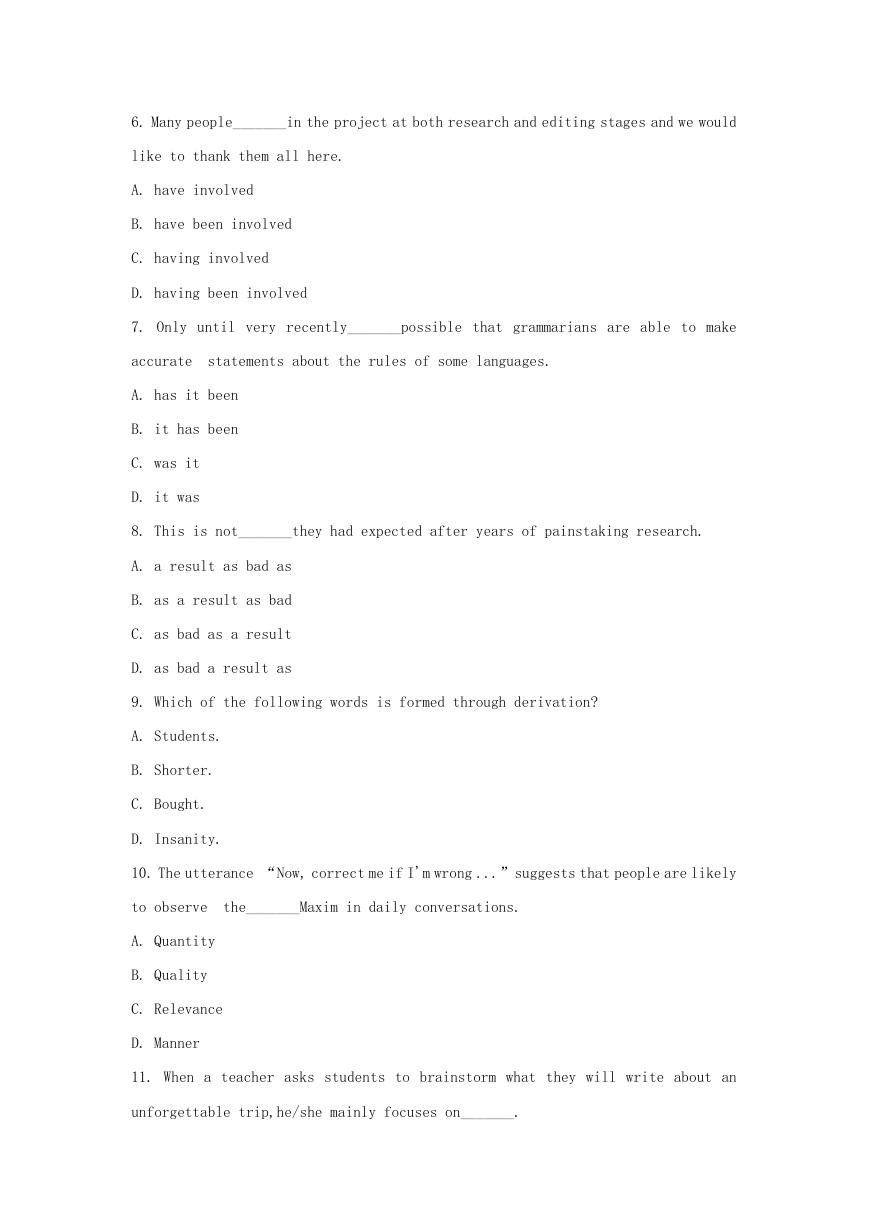

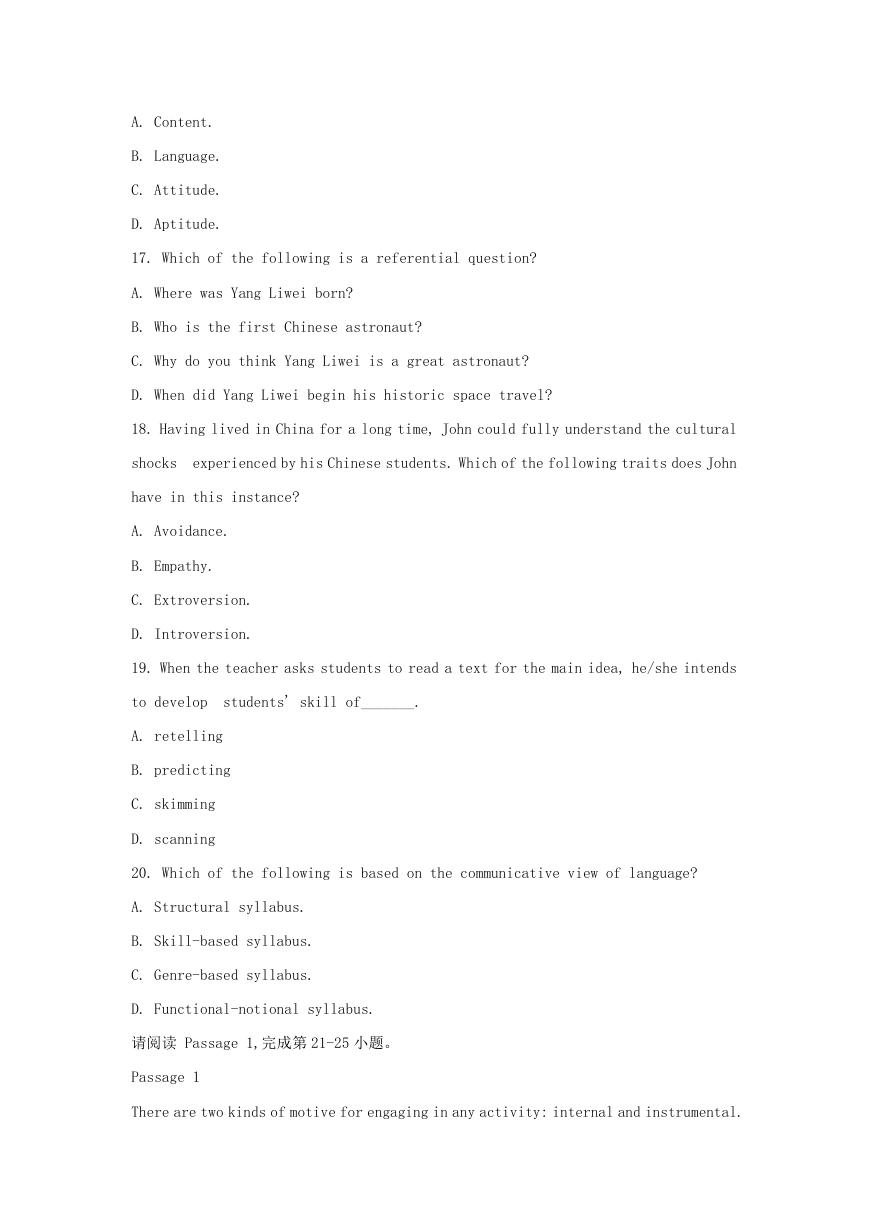
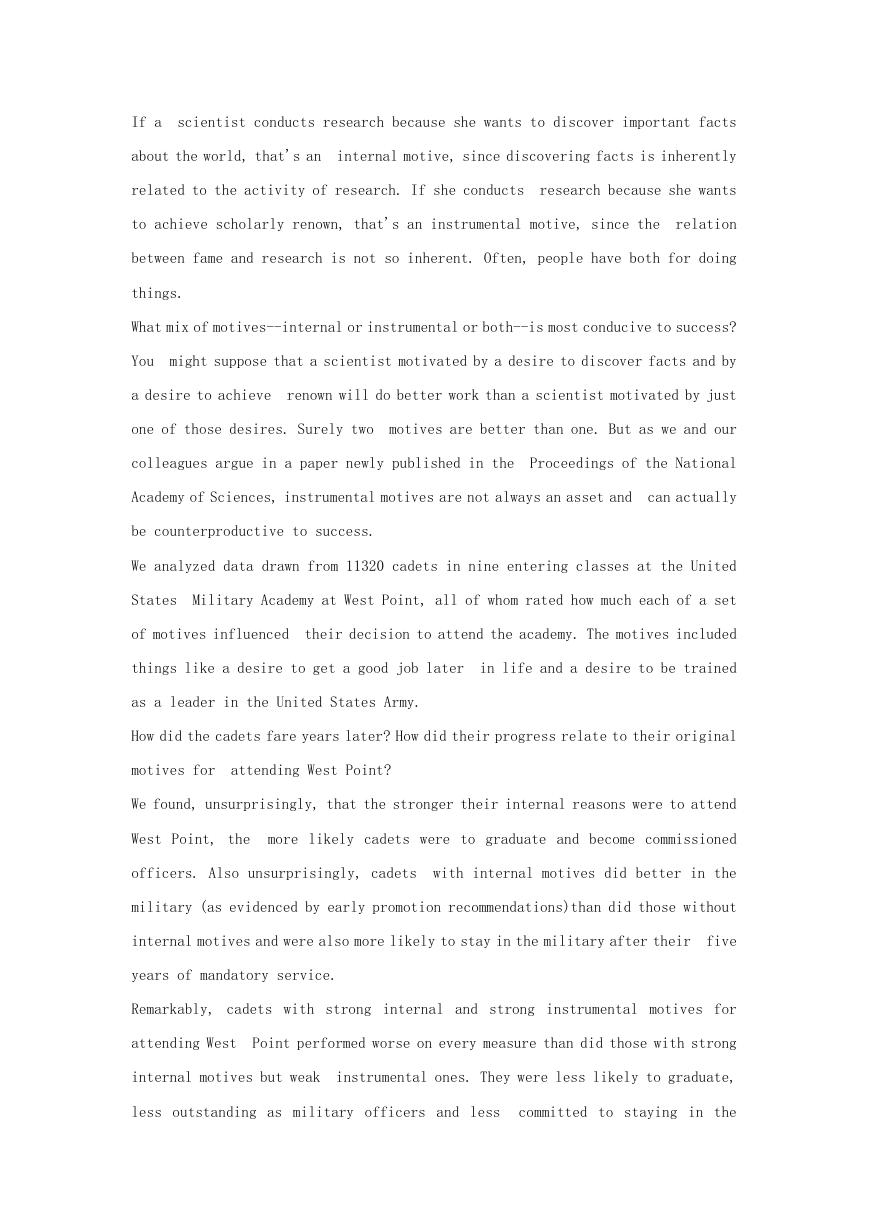
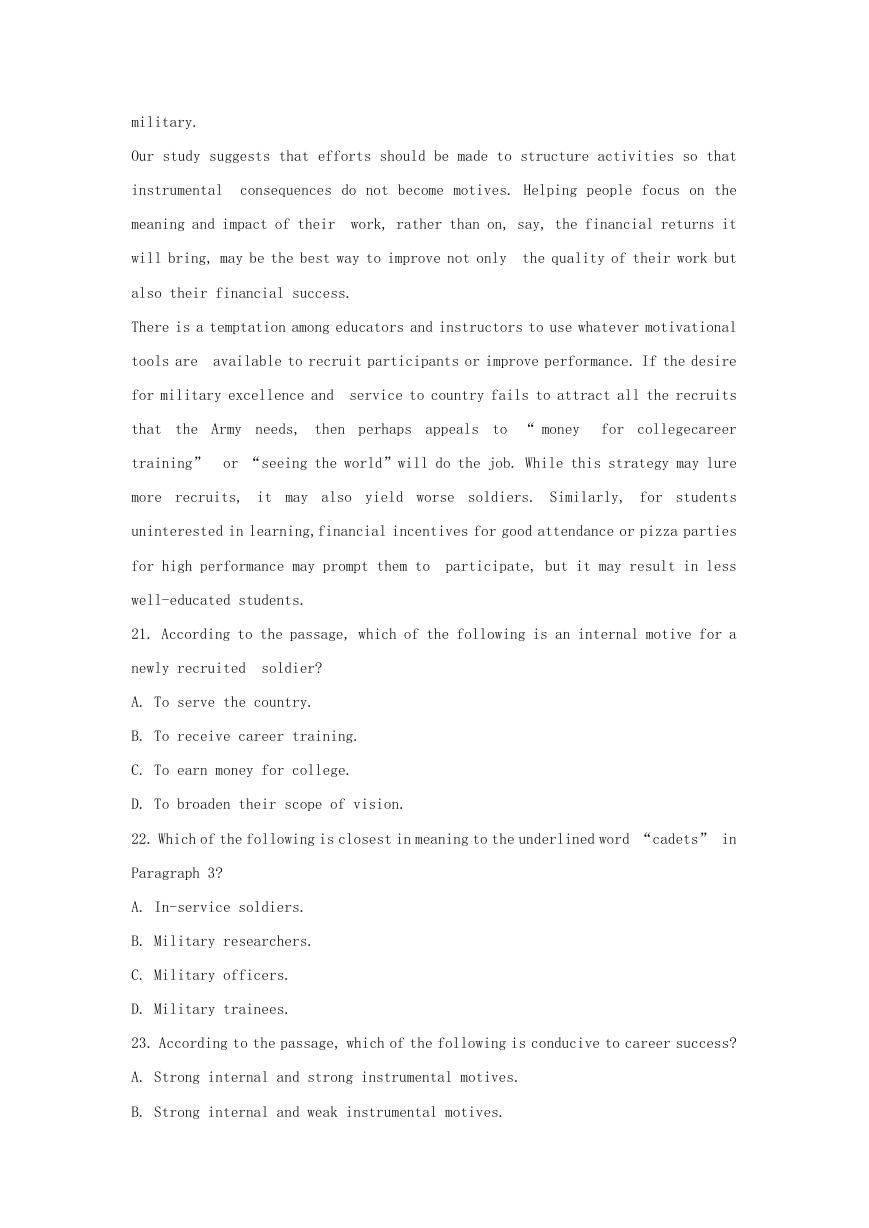
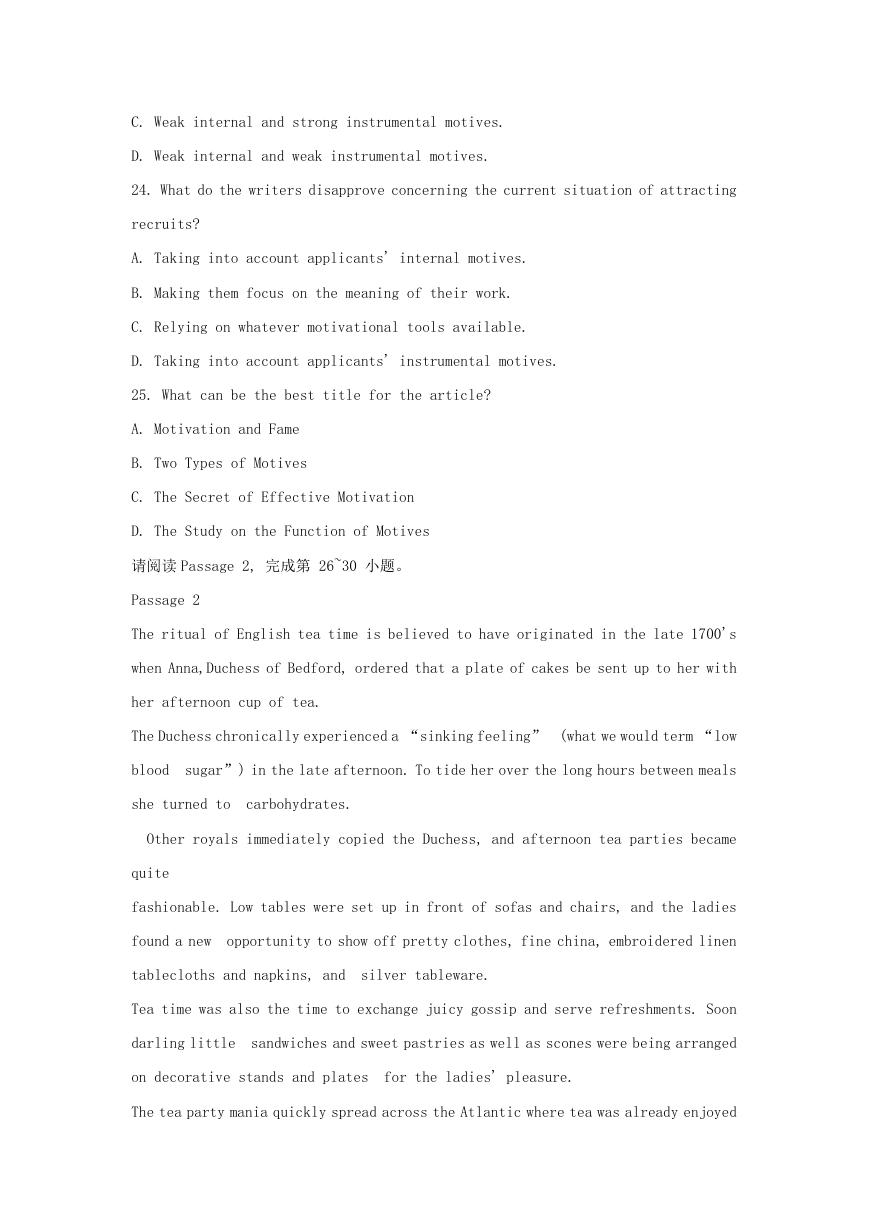









 2023年江西萍乡中考道德与法治真题及答案.doc
2023年江西萍乡中考道德与法治真题及答案.doc 2012年重庆南川中考生物真题及答案.doc
2012年重庆南川中考生物真题及答案.doc 2013年江西师范大学地理学综合及文艺理论基础考研真题.doc
2013年江西师范大学地理学综合及文艺理论基础考研真题.doc 2020年四川甘孜小升初语文真题及答案I卷.doc
2020年四川甘孜小升初语文真题及答案I卷.doc 2020年注册岩土工程师专业基础考试真题及答案.doc
2020年注册岩土工程师专业基础考试真题及答案.doc 2023-2024学年福建省厦门市九年级上学期数学月考试题及答案.doc
2023-2024学年福建省厦门市九年级上学期数学月考试题及答案.doc 2021-2022学年辽宁省沈阳市大东区九年级上学期语文期末试题及答案.doc
2021-2022学年辽宁省沈阳市大东区九年级上学期语文期末试题及答案.doc 2022-2023学年北京东城区初三第一学期物理期末试卷及答案.doc
2022-2023学年北京东城区初三第一学期物理期末试卷及答案.doc 2018上半年江西教师资格初中地理学科知识与教学能力真题及答案.doc
2018上半年江西教师资格初中地理学科知识与教学能力真题及答案.doc 2012年河北国家公务员申论考试真题及答案-省级.doc
2012年河北国家公务员申论考试真题及答案-省级.doc 2020-2021学年江苏省扬州市江都区邵樊片九年级上学期数学第一次质量检测试题及答案.doc
2020-2021学年江苏省扬州市江都区邵樊片九年级上学期数学第一次质量检测试题及答案.doc 2022下半年黑龙江教师资格证中学综合素质真题及答案.doc
2022下半年黑龙江教师资格证中学综合素质真题及答案.doc